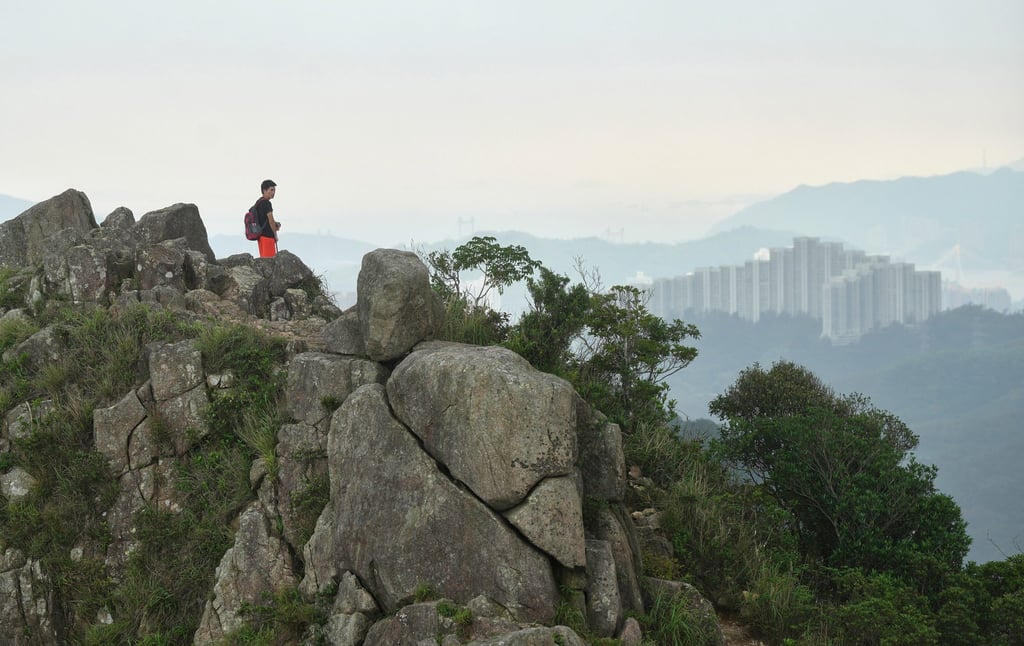The dangers of hiking alone in Hong Kong’s wilderness once again came to light when a 60-year-old man was discovered exhausted and suffering from minor injuries on a remote hill in Tai Po on Tuesday, more than a day after his family reported him missing.
The retiree, who carried no provisions on the hike, managed to survive on stream water by using a wet tissue to extract the liquid.
The Post explains how lost hikers can find help and survive in the wilderness until help arrives.
1. How do I find help?
Lobo Louie Hung-tak, associate head of the Education University of Hong Kong’s health and physical education department, stressed the importance of avoiding hiking alone, citing a higher rate of accidents.
He said the first priority if a hiker became lost was to try and identify their surroundings, assess the potential risks such as heat exhaustion, and seek help wherever possible.
Hikers should retrace their steps along marked or familiar trails rather than venturing off into unknown areas, he added.
He said inexperienced hikers often tried to keep going forward in the hopes of finding an exit.
Louie recommended carrying a map and a compass, as well as downloading the government’s “HKSOS” mobile app to alert emergency contacts and rescue services if hikers got lost.
The app also enables accurate location detection, even without phone reception.
“In trails in Hong Kong, if you walk for about 15 minutes, you are likely to encounter major footpaths, where you will be much safer,” he said.
Louie also encouraged hikers to remain calm and to contact rescue authorities using their phones.
2. How do I find shelter?
An ideal shelter is a spot that can shield a hiker from wind and help them maintain warmth, while proximity to water sources is essential to help prevent dehydration.
Such options included caves and under trees since local wildlife generally posed minimal danger, with the exception of bees and snakes, Louie said.

3. How to make stream water drinkable?
Louie said that running water from creeks or streams in Hong Kong was generally safe to drink, while condensation on plant surfaces could also be an option.
But he warned against drinking water from unknown plants, as some species could be poisonous.
The expert advised hikers to familiarise themselves with the locations of water sources in areas they planned to trek.
4. What about food?
Hikers could test fruits or leaves by rubbing them on their skin and lips to check for any adverse reactions, he said, adding it was generally safe to eat if no itching or irritation occurred.
Worms and small animals could also provide valuable protein, he said.
Louie stressed the importance of assessing immediate situational risks when making decisions, noting there were no universal rules when it came to survival.


